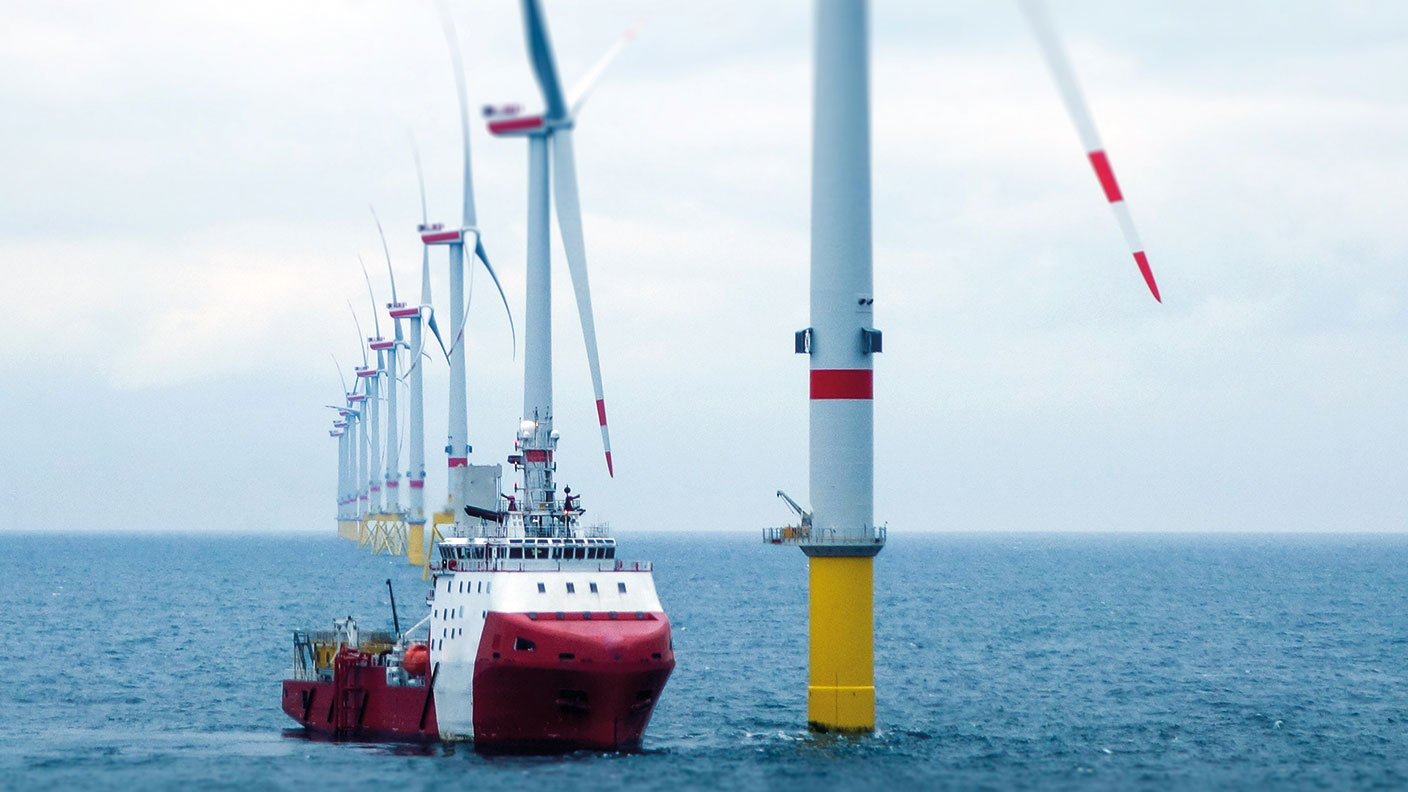Solid income from a renewable energy "tortoise" fund
GCP Infrastructure plods along compared with its rivals, but offers an attractive yield at the current price

With so many companies cancelling, cutting or postponing dividends, income-seeking investors are becoming increasingly dependent on the “alternative income” section of the market. Some of these funds, such as the student accommodation ones, have proved economically sensitive, but many are relatively unaffected so their share prices have recovered strongly. GCP Infrastructure Investments stands out as one that hasn’t.
Slow and steady
GCP was one of the earliest alternative income companies to list, launching in 2010. It differentiated itself from the other mainstream infrastructure funds by investing in debt rather than equity. The justification for this was that debt carries lower risk than equity, balanced by lower returns. The other funds were investing in infrastructure projects with highly predictable secure returns rising in line with inflation. This encouraged them to load the projects up with debt to increase the returns of the residual equity, but that equity was vulnerable to a political, regulatory or contractual disaster.
By investing in the debt, albeit the riskier debt rather than the secured bank loans with first call on the cash flow, GCP was better protected. However, disasters didn’t happen and the other funds proved adept at squeezing extra returns – generally about 1% a year – from their portfolios, while sometimes being able to sell out for a large profit. GCP, as exemplified by the tortoise in the corner of its website, plodded along more slowly.
MoneyWeek
Subscribe to MoneyWeek today and get your first six magazine issues absolutely FREE

Sign up to Money Morning
Don't miss the latest investment and personal finances news, market analysis, plus money-saving tips with our free twice-daily newsletter
Don't miss the latest investment and personal finances news, market analysis, plus money-saving tips with our free twice-daily newsletter
In the last three years, though, GCP’s total return of 22% is close to its main rivals. Much of that return comes from the most generous dividends in the sector; the net asset value is only 9.8% above the original flotation price of 100p, but with the premium to net asset value down to 3% the shares yield 6.7%.
Since 2010, the company has grown through share issuance to its present market value and asset base close to £1bn. It invested £140m in the year to 30 September, but new investments tailed off sharply thereafter as the manager “does not currently see a material pipeline of secondary market opportunities”. Ian Reeves, the chairman, thinks that “though the need for new infrastructure in the UK remains as significant now as at the time of the initial public offering, governmental support for private sector involvement has significantly reduced and in its current form is unlikely to attract the private-sector investment necessary”. He saw signs that this would change, an optimism that will surely be reinforced by the precariousness of government finances when the Covid-19 lockdown ends.
Attractive given the risks
GCP still invests only in UK debt, but 40% of the portfolio is now described as senior (ie, lower risk) and only 12% of assets are in construction. There are 49 loans in all, with 64% of assets invested in alternative energy, well diversified between wind, solar, biomass and anaerobic digestion assets, while 22% is in private finance initiative (PFI) projects and 14% in supported living (ie, social housing). The average life of loans in the portfolio is 14 years and the average yield 8.1%. With an expense ratio of 1.3%, including the management fee of 0.9% of assets, this would leave GCP short of income to pay the dividend were it not for other income of £11.3m last year – mainly fees from the early payment of loans.
The obvious risk is inflation, but 44% of the portfolio has at least some protection. Investments in debt also imply little scope for increased income, so the dividend hasn’t been raised for several years. But that average loan yield of 8.1% implies a far higher level of risk than is apparent from the quality of the investments, making this an attractive long-term holding for the income section of any portfolio.
Get the latest financial news, insights and expert analysis from our award-winning MoneyWeek team, to help you understand what really matters when it comes to your finances.

Max has an Economics degree from the University of Cambridge and is a chartered accountant. He worked at Investec Asset Management for 12 years, managing multi-asset funds investing in internally and externally managed funds, including investment trusts. This included a fund of investment trusts which grew to £120m+. Max has managed ten investment trusts (winning many awards) and sat on the boards of three trusts – two directorships are still active.
After 39 years in financial services, including 30 as a professional fund manager, Max took semi-retirement in 2017. Max has been a MoneyWeek columnist since 2016 writing about investment funds and more generally on markets online, plus occasional opinion pieces. He also writes for the Investment Trust Handbook each year and has contributed to The Daily Telegraph and other publications. See here for details of current investments held by Max.
-
 Why Trustpilot is a stock to watch for e-commerce exposure
Why Trustpilot is a stock to watch for e-commerce exposureTrustpilot has built a defensible position in one of the most critical areas of the internet: the infrastructure of trust, says Jamie Ward
-
 Tetragon Financial: An investment trust with stellar returns
Tetragon Financial: An investment trust with stellar returnsTetragon Financial has performed very well, but it won't appeal to most investors – there are clear reasons for the huge discount, says Rupert Hargreaves
-
 Halifax: House price slump continues as prices slide for the sixth consecutive month
Halifax: House price slump continues as prices slide for the sixth consecutive monthUK house prices fell again in September as buyers returned, but the slowdown was not as fast as anticipated, latest Halifax data shows. Where are house prices falling the most?
-
 Rents hit a record high - but is the opportunity for buy-to-let investors still strong?
Rents hit a record high - but is the opportunity for buy-to-let investors still strong?UK rent prices have hit a record high with the average hitting over £1,200 a month says Rightmove. Are there still opportunities in buy-to-let?
-
 Pension savers turn to gold investments
Pension savers turn to gold investmentsInvestors are racing to buy gold to protect their pensions from a stock market correction and high inflation, experts say
-
 Where to find the best returns from student accommodation
Where to find the best returns from student accommodationStudent accommodation can be a lucrative investment if you know where to look.
-
 The world’s best bargain stocks
The world’s best bargain stocksSearching for bargain stocks with Alec Cutler of the Orbis Global Balanced Fund, who tells Andrew Van Sickle which sectors are being overlooked.
-
 Revealed: the cheapest cities to own a home in Britain
Revealed: the cheapest cities to own a home in BritainNew research reveals the cheapest cities to own a home, taking account of mortgage payments, utility bills and council tax
-
 UK recession: How to protect your portfolio
UK recession: How to protect your portfolioAs the UK recession is confirmed, we look at ways to protect your wealth.
-
 Buy-to-let returns fall 59% amid higher mortgage rates
Buy-to-let returns fall 59% amid higher mortgage ratesBuy-to-let returns are slumping as the cost of borrowing spirals.
